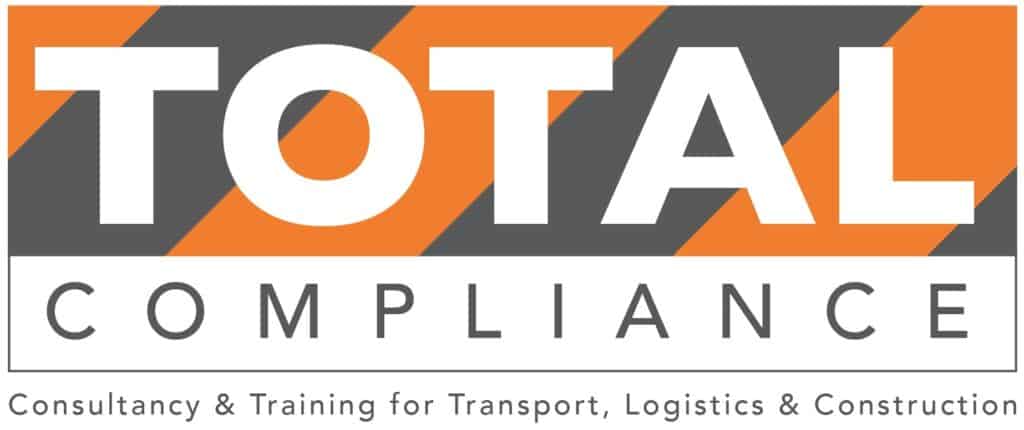

Your ‘How To’ Guide for Shipping Dangerous Goods
Shipping dangerous goods is heavily regulated, with severe legal, financial, and environmental risks if not done properly. It is important to be fully trained and competent in dangerous goods handling, which is why our compliance team have put together this ‘How To’ guide. Please note that this guide is not a substitute to proper ADR and dangerous goods handling training.
- Appoint a Dangerous Goods Safety Advisor
As of 31 December 2022, any company that consigns, transports, picks, packs, organises, fills, loads, or unloads dangerous goods on a regular basis, by road, rail, or inland waterway, is legally obliged to have a Dangerous Goods Safety Advisor appointed. Some businesses may be given exemption from the requirement, but only if their handling/carriage of dangerous goods is infrequent and in limited quantities.
A Dangerous Goods Safety Advisor is certified to provide advice on the handling of dangerous goods, monitor adherence to legal requirements, and ensure the preparation of an annual report.
- Determine if your shipment contains freight classified as dangerous goods
Check the dangerous goods list to see if the goods you are shipping are classified as dangerous goods.
The dangerous goods list is published by the United Nations Economic Commission for Europe (UNECE) and is available on their website. You can access the list directly from the following link:
https://unece.org/dangerous-goods-list
The list includes over 3,000 substances and articles that are considered dangerous when transported. It is important to note that the list is regularly updated, so it is recommended to check the latest version before shipping any dangerous goods. The list includes the UN numbers and proper shipping names for each dangerous good, as well as other relevant information such as packing instructions and special provisions.
- Identify the correct UN number and proper shipping name
Each dangerous good has a specific UN number and proper shipping name that must be used when shipping. You can find this information in the dangerous goods list.
- Package the goods correctly
To comply with dangerous goods regulations, you must pack your goods in a specific way. It is your responsibility as the consignor to correctly classify, declare, pack, and label your goods to comply with the country of origin, the type of transit, and the destination.
Dangerous goods are assigned into one of three UN packing groups, each representing the degree of danger that they present:
- Packing Group I: high danger
- Packing Group II: medium danger
- Packing Group III: low danger
Packaging for dangerous goods items is regulated by the UK certification authority Vehicle Certification Agency (VCA). Pre-approved packaging which has been designed and constructed to UN packing group standards and passed practical tests to certify its suitability for its contents can be found on the VCA’s Packaging Approval Database.
- Prepare the Shipping Documents
All dangerous goods must be accompanied by the correct documentation, known as a Dangerous Goods Declaration. This document confirms that the goods have been packed and handled to VCA and UN specifications, and includes an emergency contact among the following information:
- Address and contact details of shipper and receiver
- Proper shipping name of the dangerous goods
- Quantity
- UN number
- Class or division
- Total shipment weight
- Dangerous goods packing group I, II or III
- Whether the dangerous goods are radioactive or not
- Additional handling information
- Mark & Label the Shipment
All dangerous goods consignments must be labelled to identify the type of dangerous goods contained in the package. These defining labels are split include the 9 dangerous goods categories:
- Class 1 – Explosives
- Divisions 1.1, 1.2, 1.3, 1.4, 1.5, 1.6
- Class 2 – Gas
- Divisions 2.1, 2.2, 2.3
- Class 3 – Flammable Liquid
- Class 4 – Flammable Solid, Spontaneously Combustible, Dangerous When Wet
- Divisions 4.1, 4.2, 4.3
- Class 5 - Oxidising Substances, Organic Peroxides
- Divisions 5.1, 5.2
- Class 6 - Toxic Substances, Infectious Substances
- Divisions 6.1, 6.2
- Class 7 - Radioactive Substances
- Class 8 - Corrosive Substances
- Class 9 - Miscellaneous Dangerous Substances
If you’re unsure about what classification label to attach to your dangerous goods package, consult your DGSA, or check with the manufacturer or supplier.
- Ensure Transport Vehicle Compliance
The transport vehicle must be suitable for the type of dangerous goods being transported and meet all relevant safety standards.
- Train Personnel
All personnel involved in the transportation of dangerous goods must receive appropriate training to ensure that they are aware of the hazards posed by the goods and how to handle them safely.
Shipping requirements will vary depending on whether goods are shipped by road, rail, sea, or air. Different authorities are responsible for each of these shipping methods, each with their own sets of regulations.
Transporting dangerous goods via road freight is governed by the European Agreement concerning the International Carriage of Dangerous Goods by Road (ADR), which sets out the requirements for classification, packaging, labelling and certification of dangerous goods.
If you’re looking for a Dangerous Goods Safety Advisor to help advise on the carriage of dangerous goods, Total Compliance can help. Offering both full and part time internal and external DGSA services, Total Compliance provides a range of packages to meet your DGSA needs, depending on your exact requirements.
For more information, call us on 0345 9001312, or complete our enquiry form one of the team will get back to you.
Want to learn more? Find out more about dangerous goods by visiting the links to our blogs below:
What are the legal requirements for the handling of dangerous goods?
What are dangerous goods classes and packing groups?
Benefits of onsite training for dangerous goods handling
